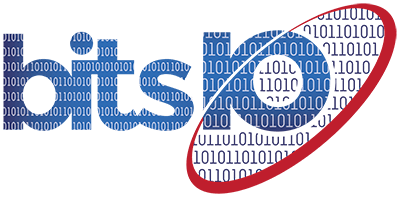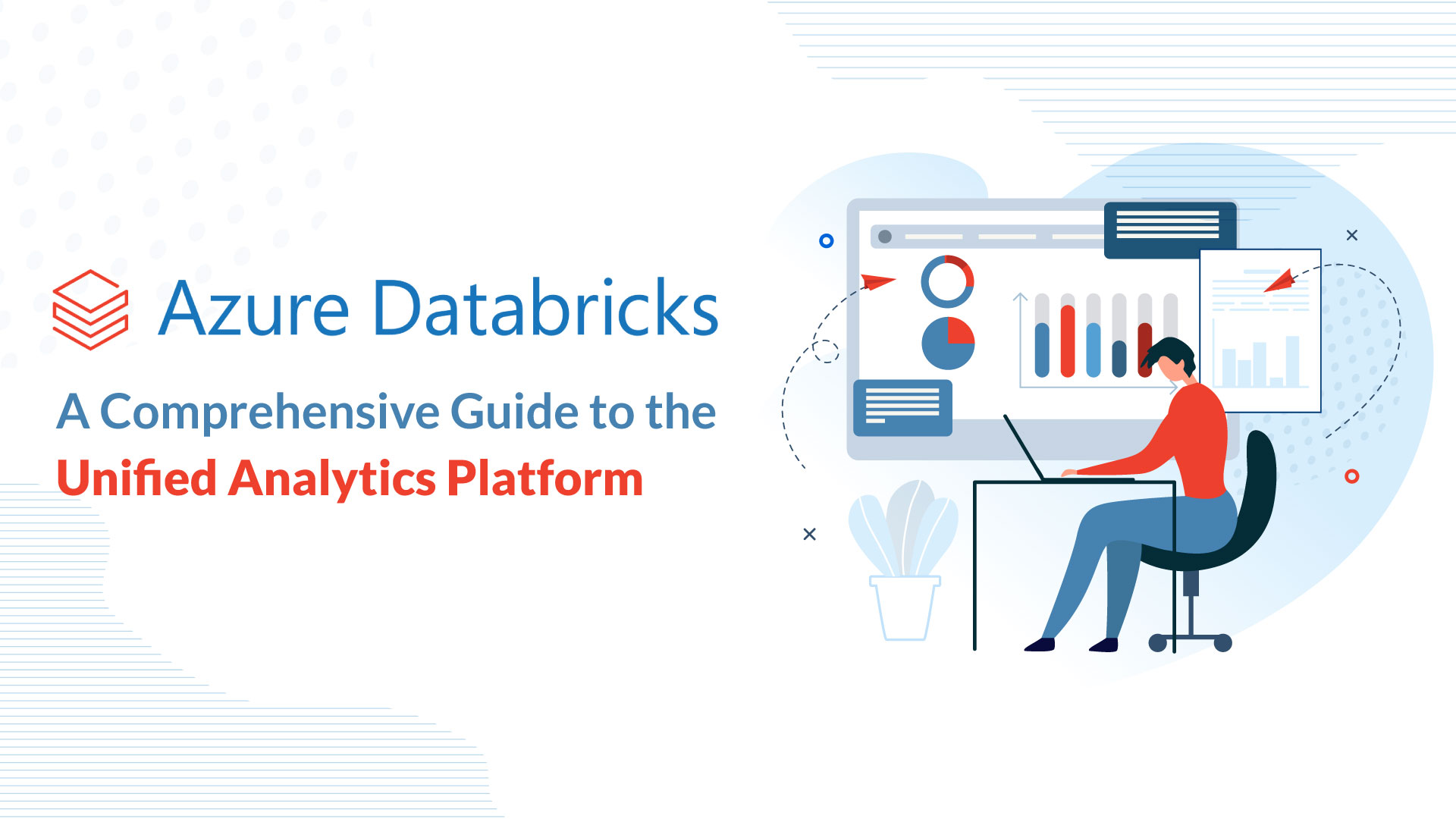
Before the COVID-19 pandemic began, only about 7% of American workers had the option of working from home on a daily basis. But in a very short time, the number of people who have shifted to remote work has ballooned to 57%, a move that has allowed many companies to continue “business as usual” in a most unusual time.
As working from home becomes the new normal, companies are reminded of the way today’s technology allows businesses to operate in ways that weren’t possible in the past. But even as modern technology allows for such things as sharing files in real time and Zoom conference calls, it also faces a host of security threats. They can come in many forms and have the potential to rob your company of time, money and data.
Why Security Threats Are on the Rise
The ability to work from home creates tremendous opportunities as well as enormous challenges. There’s plenty of evidence that malicious actors are, in disturbingly large numbers, using the shifting work environment to hack and breach systems.
Implementing a work from home policy requires that company leaders become aware of the increased risk for security breaches as well as the need for additional monitoring of the online environment. According to Security Magazine, that includes being aware of the danger of insider threats, in which “a malicious insider utilizes credentials to gain access to a given organization’s critical assets. This is especially true with COVID-19 and employees who are currently working from home.”
Employees who are upset about changes such as fewer hours, reduced compensation, lost promotions and more could react maliciously in these new working arrangements. Such anger or resentment can lead them to leak information or steal intellectual property. And if security controls to monitor and detect such activity aren’t as robust as in the more traditional on-site environment, it could make it easier for such threats to be successfully deployed.
Another growing concern is the proliferation of COVID-19 phishing scams, which are rising at an alarming rate. During a single week in April, Google reported more than 18 million daily malware and phishing emails related to COVID-19 scams. Oftentimes, the scams will impersonate government organizations (such as the World Health Organization) and may try to trick users into downloading malware. Others may claim to have information about government stimulus payments and, in some cases, the phishers pretend to be the remote worker’s employer.
Unintended Threats Are Just as Dangerous
Of course, not all security issues come as the result of malicious intent — but they can still have damaging consequences. With more workers at home, it’s likely that more apps will be downloaded and installed at their endpoints, which can then — unbeknownst to your employee — activate malicious behavior in your infrastructure.
An employee may innocently download sensitive information to a USB device so he can access it more easily at a later time. And a vulnerable home network — which is significantly more prone to compromise and infection — can unknowingly introduce threats to the company infrastructure.
This creates concerns for all companies that have had to pivot to a work from home policy almost overnight. Even for companies that already allowed a certain amount of remote work, the sudden increase in the number of employees accessing the company network remotely could be placing their infrastructure at risk. That’s particularly true if the organization has been unable to vet all devices being used.
Securing Your Company’s Future
At bitsIO, our goal is to help you protect your company and infrastructure, regardless of whether workers are in the office or working from home. As a trusted leader in IT for nearly two decades, we provide Splunk Enterprise Security and ITSI solutions to the United States, United Kingdom, Costa Rica and India to help counter and prevent cyber security threats and improve organizational security.
Two of the most effective ways we can help safeguard your company immediately are:
Splunk Security Essentials. This free app makes security simple. It provides you with the useful information you need, when you need it, with detections that include line-by-line SPL documentation. Each detection also includes context such as security impact, how to implement it, how to respond when it fires, and known false positives.
Splunk Enterprise Security. This powerful, analytics-driven solution allows you to detect and respond to threats quickly. It’s ideal for the financial services, public sector and healthcare industries, and allows you to gather all the context needed in one view to facilitate rapid investigations.
Even in the best of situations, having a large number of remote workers can create challenges for the IT department, your security team and your entire infrastructure. With Splunk, bitsIO can help you:
- Manage your infrastructure as it adapts to the changing needs of your remote environment
- Secure your endpoints and monitor your VPN’s security by tracking connections, identifying abnormal behavior and improving the mean time to resolve service issues
- Prevent data loss and leakage by monitoring for data hoarding, exfiltration and unauthorized USB device activity
- Identify and respond to potential COVID-19 phishing content
At a time when “stay safe” has become a daily buzzword, bitsIO is committed to ensuring that networks and endpoints stay safe and secure from a growing host of threats. Educating remote workers about what to watch for and providing them with best practices is an important part of shifting to the new work-from-home environment, but it doesn’t eliminate the threats entirely. Knowing where those threats could be coming from, how you can prevent them and how you can detect them are all critical — today more than ever.


